Retro Replay Review
Gameplay
Conflict: Desert Storm offers a dynamic blend of first-person and third-person shooting mechanics that can be toggled at the press of a button, giving players the flexibility to engage enemies from the viewpoint they find most comfortable. This seamless switch enriches the tactical depth, allowing for precise sniper shots in first-person and broader situational awareness in third-person. Whether you’re sneaking through dank enemy bunkers or laying down suppressing fire in open desert sands, the dual perspectives ensure the action never feels stale.
(HEY YOU!! We hope you enjoy! We try not to run ads. So basically, this is a very expensive hobby running this site. Please consider joining us for updates, forums, and more. Network w/ us to make some cash or friends while retro gaming, and you can win some free retro games for posting. Okay, carry on 👍)
Central to the experience is the management of a four-man squad drawn from elite British S.A.S. and American Delta Force units. Each operative—Bradley the seasoned leader, Conners the heavy weapons specialist, Jones the explosives expert, and Foley the sharpshooter—brings distinct abilities to the field. Players can issue orders such as “attack,” “retreat,” “hold position,” or “regroup,” and can also take direct control of any soldier to make split-second decisions in high-stakes firefights. This level of command fosters a genuine feeling of responsibility for each team member’s survival.
Missions are varied and often take place deep behind enemy lines, replicating real-world Gulf War operations reminiscent of the Bravo Two Zero patrol. Objectives range from covert base infiltrations and SAM site demolitions to high-value target assassinations, keeping you on your toes throughout the campaign. Success not only depends on raw firepower but also on planning: coordinating a simultaneous breach, timing explosive placements, or providing sniper cover can turn the tide of battle.
The game’s progression system rewards veteran play: as squad members rack up kills and complete objectives, their skills improve. Foley’s aim steadies, Jones can rig C4 at a breakneck pace, and Conners handles heavy machinery more efficiently. These RPG-like elements create a satisfying feedback loop, compelling players to field-test each soldier’s growth under the harsh conditions of desert warfare.
Graphics
For a game released in the early 2000s, Conflict: Desert Storm’s visuals stand out with expansive desert vistas punctuated by realistic sandstorms and shimmering heat haze effects. The golden hues of midday sun contrast sharply with the cool blue tones of night missions, lending each operation a distinctive atmosphere that feels authentic to the Gulf War setting. On consoles of the time, the environment textures and lighting hold up remarkably well, immersing you in the arid expanse.
Character models for the four soldiers are detailed enough to convey personality—Bradley’s stern gaze, Foley’s precision-focused stance, and Conners’s bulky silhouette with heavy ordnance slung over his shoulder. Enemy combatants and NPCs vary in uniform and equipment, giving the battlefield a lived-in, chaotic feel. The subtle animations during reloads, grenade throws, and dialogue pepper the action with realism, even if some movements can feel a bit stiff by modern standards.
Vehicle segments introduce another layer of visual interest, as you pilot jeeps and tanks across wide-open terrain. The dust kicked up by treads and tires billows realistically, momentarily obscuring distant targets and forcing you to rely on squad coordination. The user interface remains unobtrusive, with clean HUD elements displaying health, ammo, and mini-map waypoints so you can focus on the spectacle unfolding around you.
While polygon counts and texture resolutions may not rival today’s titles, Conflict: Desert Storm’s artistic direction captures the stark beauty and brutal intensity of desert warfare. From the jagged outlines of oil refinery silhouettes to the flickering fires of destroyed SAM sites, each scene feels crafted to amplify the tension of each mission.
Story
The narrative backdrop of Conflict: Desert Storm is rooted in the actual events of the First Gulf War, drawing inspiration from real missions chronicled in books like Bravo Two Zero. You step into the boots of an elite special forces squad tasked with turning the tide in critical operations behind enemy lines. The storyline unfolds chronologically, guiding you through escalating objectives that mirror the military’s push into hostile territory.
Although the plot never dives into deep character arcs, the banter between squad members provides just enough personality to make you care about each operative’s fate. Bradley’s calm leadership contrasts with Conners’s dark humor and Jones’s no-nonsense professionalism, while Foley’s quiet focus underscores the gravity of the sniper’s role. These interactions ground the high-octane action in a human context, reminding you that behind every firefight lie real individuals relying on each other to survive.
Mission briefings and debriefings bookend each level with crisp, concise dialogue and authentic military jargon. You’ll get a sense of urgency as satellite imagery flickers across the screen, intel reports flash by, and command voices outline the next strategic objective. While the storyline doesn’t hinge on dramatic plot twists, its commitment to verisimilitude and tactical authenticity keeps momentum high.
The game’s lack of elaborate cutscenes is offset by its emphasis on in-field storytelling. Discovering abandoned bunkers, hacking communication arrays, or stumbling upon enemy war rooms imbues every locale with narrative weight. The desert sands become more than just a backdrop—they’re a silent witness to the sacrifices and triumphs of your squad.
Overall Experience
Conflict: Desert Storm delivers a compelling blend of squad-based tactics and run-and-gun action that still holds appeal for fans of military shooters. The ability to switch perspectives on the fly, coupled with granular soldier management, creates a nuanced gameplay experience that rewards both strategic planning and quick reflexes. The co-op mode, supporting up to four players, elevates the tension and fun, as friends coordinate flanking maneuvers and combined arms assaults.
Replay value is high thanks to varied mission objectives, branching approaches, and the desire to fully upgrade each squad member’s skills. Whether you prefer a stealthy infiltration or an all-out frontal assault, the game accommodates multiple playstyles without penalizing creativity. The option to command your entire team or play solo through each member further extends how you can tackle a challenging scenario.
Some of the AI can be predictable at times—enemies may bunch up or follow obvious patrol routes—but smart use of grenade volleys, suppressive fire, and vehicle support makes for satisfying tactical victories. Occasional pathfinding hiccups and dated animations are minor blemishes on an otherwise robust title that captures the grit of desert warfare.
Ultimately, Conflict: Desert Storm stands as a noteworthy entry in early 2000s military shooters. Its emphasis on squad cohesion, authentic gear progression, and pulse-pounding mission variety makes it an engaging package for players seeking a taste of Gulf War operations. Whether you’re diving into solo missions or rallying friends for a four-player co-op run, you’ll find a solid experience that balances realism with accessible, thrilling gameplay.
 Retro Replay Retro Replay gaming reviews, news, emulation, geek stuff and more!
Retro Replay Retro Replay gaming reviews, news, emulation, geek stuff and more!
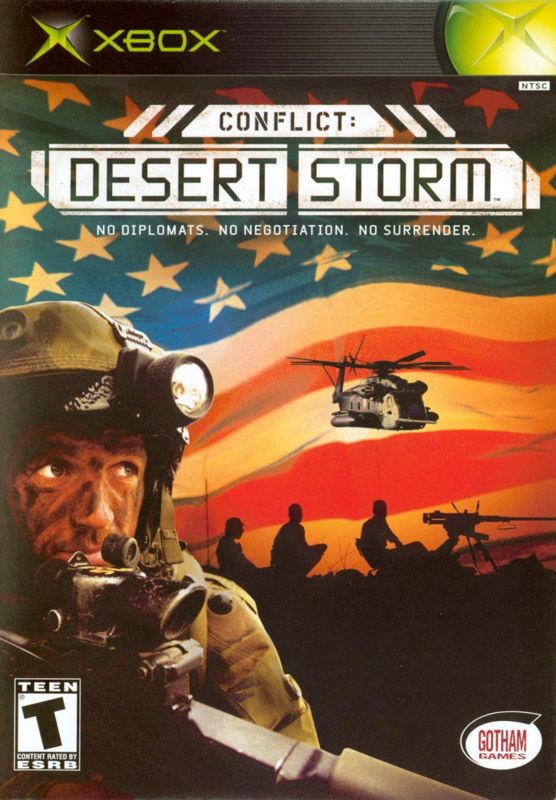

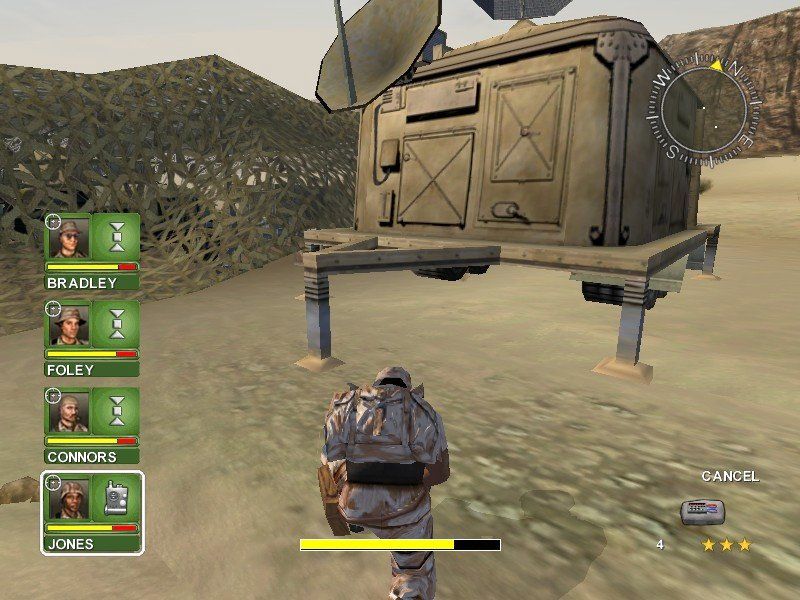
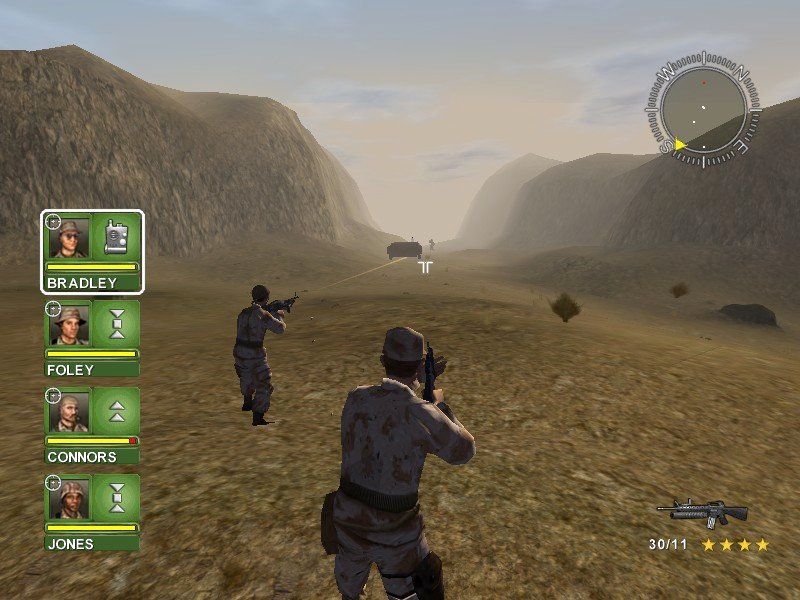
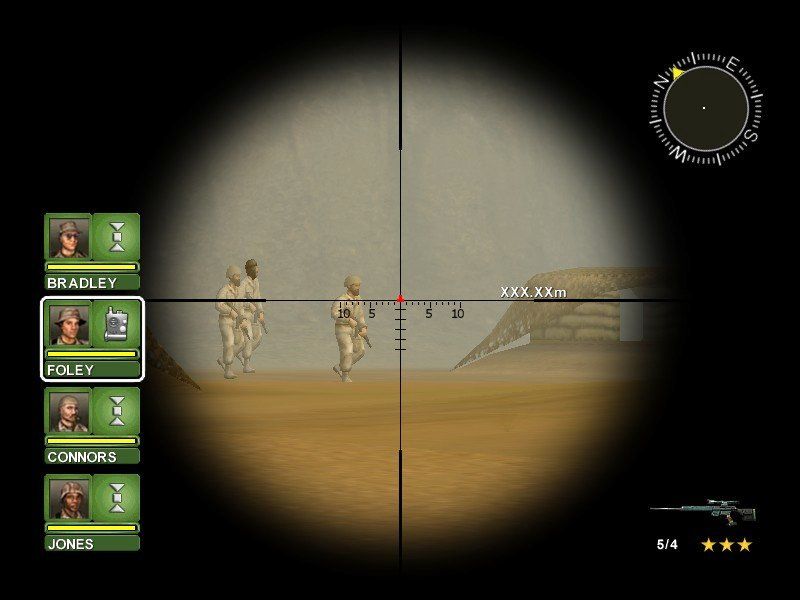
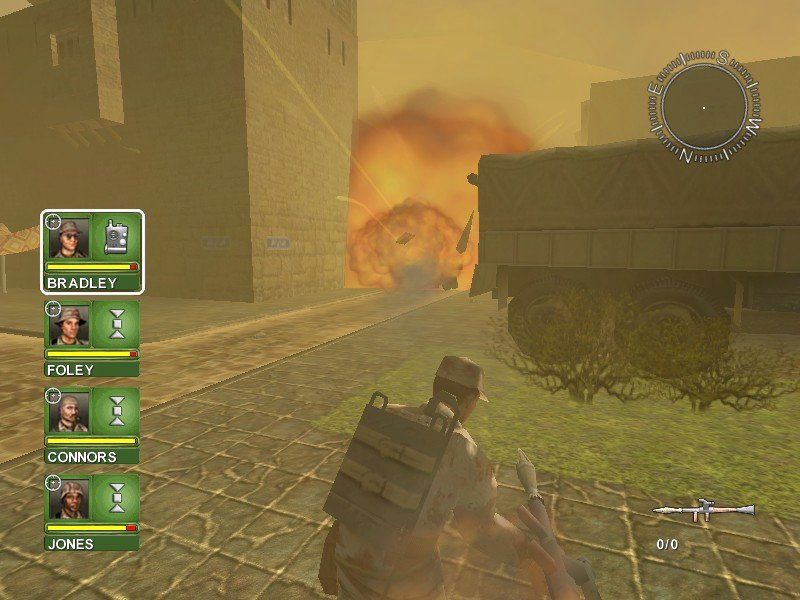
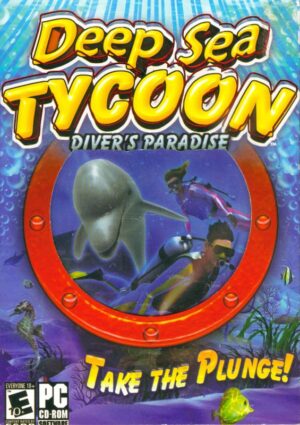


Reviews
There are no reviews yet.